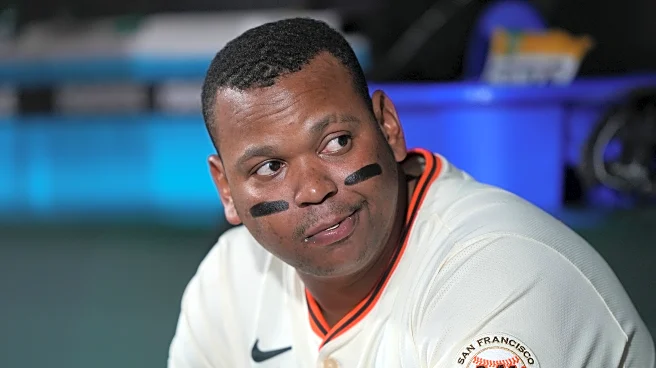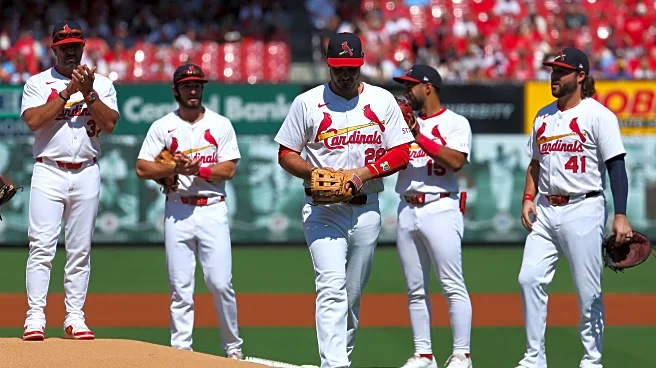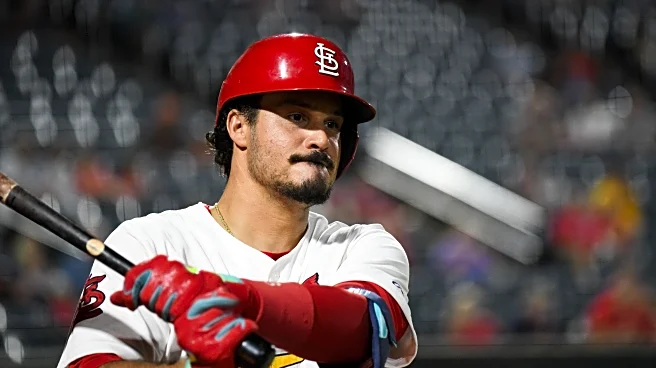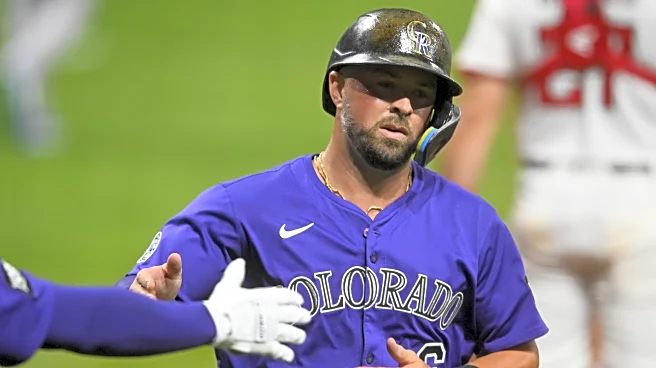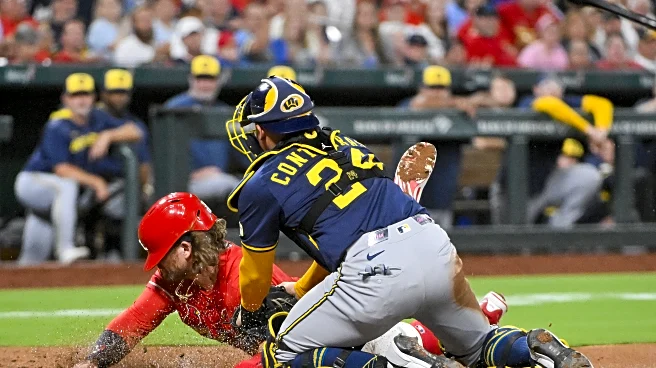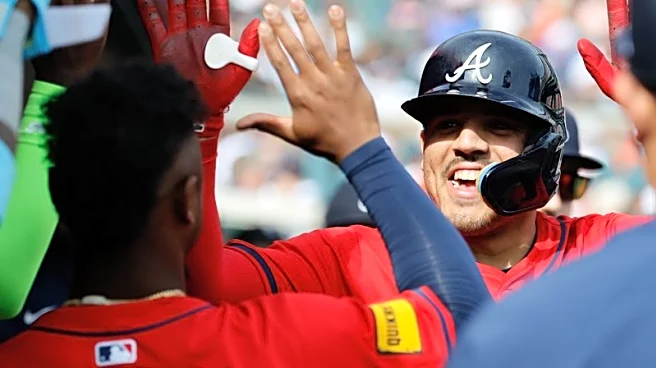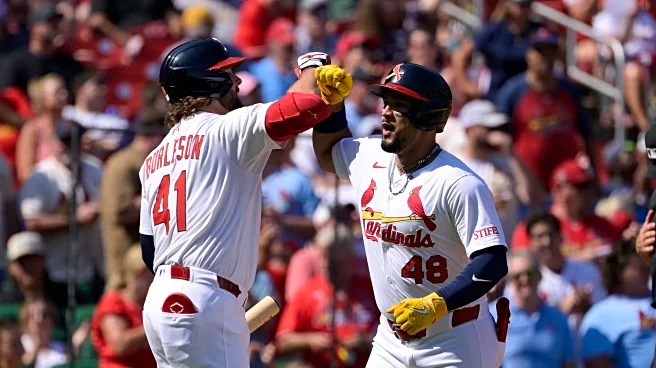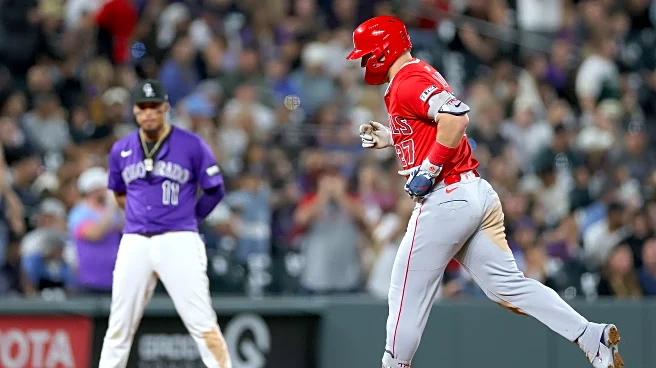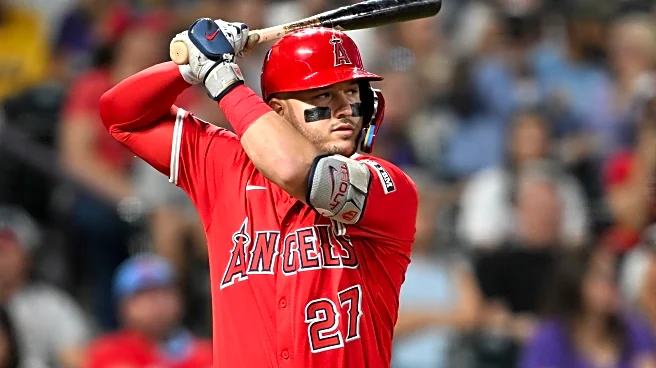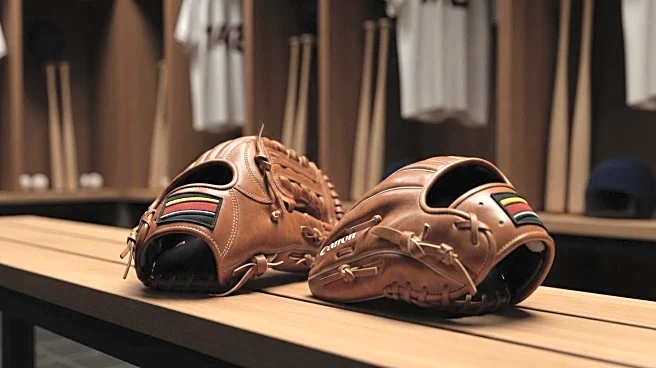Let’s take a moment to be brazenly honest with ourselves about where the St. Louis Cardinals stand at the end of the 2025 season. This year has yielded answers on players—albeit not entirely the ones we wanted—but
answers nonetheless. Over the next few weeks, as Chaim Bloom begins moving his desk into Mo’s office, I’m going to look at some under-the-radar options with enough realism attached that the Cardinals could actually consider them this offseason, as the new front office begins paving a new frontier in baseball operations.
Starting with the starters seems like the most appropriate way to begin our own journey of external evaluation. But before we jump into names, let’s first establish some context. First, we know the Cardinals’ ownership group will, in all likelihood, not approve additional spending on the 2026 roster for multiple reasons. The two most prominent: the revenue loss from the 2025 season and the looming CBA negotiations at the end of 2026. Therefore, any hopes that may have existed about a large investment into a top-of-the-rotation arm should be cast aside and locked away for a rainy day.
There have already been rumblings of external interest—specifically from the San Francisco Giants—in staff ace Sonny Gray, who is owed $35 million in his final guaranteed season in 2026. His deal also includes a mutual option for $25 million in 2027 or a $5 million buyout. With Gray’s blessing, that’s certainly a place where the Cardinals could shed some payroll and get something in return (depending on how much Dewitt is willing to eat, of course). Also, given his status as a capable No. 3 starter at this stage of his career, it’s a logical move. Miles Mikolas and his $18.5 million salary also come off the books at the end of this season.
Those two salaries alone could generate enough wiggle room for Chaim to operate this offseason. If both Mikolas and Gray are no longer on the roster, that would leave Matthew Liberatore, Michael McGreevy, and Andre Pallante as the lone holdovers—and both Liberatore and Pallante are due raises in arbitration this winter. Quinn Matthews and Kyle Leahy are two internal names the Cardinals could consider to fill those rotation spots. But assuming the team wants to increase its depth (a known desire) or doesn’t feel comfortable with that much uncertainty in innings, perhaps they’ll look for one or two arms externally, using some of the surplus talent they boast on the position-player side. That would also give them coverage against injury and/or poor performance.
I’ve compiled four names in my research that I believe could be worth the gamble. Some you’ll recognize, some you’ll hate, some you may flat-out disagree with. That’s okay—I’ve got rationale for all of them, and you can pick and choose your favorites. But let this be a guiding light into where I believe the Cardinals will be looking for talent this offseason. I’ll start with the most realistic and then move toward the more wishful-thinking, low-likelihood options.
German Marquez
In 24 starts this season, Márquez posted a 6.65 ERA over 115 IP. It’s not sexy, I know. BUT—I can offer some optimism that there’s more in the tank than what he showed in 2025. First of all, let’s consider the Coors Field and Colorado Rockies of it all. Then factor in his xERA of 5.75 and FIP of 5.23. Still not great, but that’s a rather significant discrepancy in his profile.
His K-BB% was the worst of his career at 6.1%, but during his peak from ’18–’21, he averaged around 18%. For context, if he simply returned to that average—not exceeded it—he’d rank similarly to Kevin Gausman (17.9%), MacKenzie Gore (18.3%), Jack Flaherty (18.6%), and Freddy Peralta (18.7%).
So what’s the sell here? Márquez still averages 94.7 MPH on his fastball and has a five-pitch mix. His numbers this season won’t earn him a hefty payday, which means he falls into the Cardinals’ price range. We’ve seen Dusty Blake and the Cardinals successfully tweak pitch mixes and reshape pitch profiles to enhance player performance.
Right now, Márquez is using his four-seamer 33% of the time, and his breaking balls don’t play well in Coors. He’s had a bit of the Andre Pallante syndrome—just fastballs, and eventually hitters catch up. Bring him to St. Louis, let him pitch half his games at Busch in front of the Cardinals’ defense, adjust his pitch mix, and you could probably get him for one year at $5 million or so. He’ll still only be 31 in 2026, and if he way overperforms, you’ve got a pitcher you can flip at the deadline for younger assets to build your future.
Brandon Young
Young, 27, got his first taste of the show this season. In 12 starts, he’s posted a 6.24 ERA over 57.2 IP, but he’s one of the biggest disparities this season between results and expected numbers. His xERA is 4.41—almost two full runs better. His 5.37 FIP and 4.52 xFIP tell a similar story. His wOBA and xwOBA show a 0.39 gap, the fifth-largest positive disparity in baseball this season.
Can you guess who holds the No. 1 spot? That’s right—Cardinals reliever and waiver claim Jorge Alcala. In fact, just about every notable expected metric suggests there’s more in Young’s profile across the board.
He features a five-pitch mix highlighted by a true hammer curveball that generates 5.2 inches of drop above average and spins at 2,722 RPM. He also has a nearly 30% whiff rate on his splitter! If the Cardinals could more effectively distribute his pitch mix and get him away from his 44% usage of the four-seamer, there could be a massive step forward. Under 30 and at league minimum for the next couple seasons, Young would be an ideal target to add to the Cardinals’ mix of arms.
Bailey Ober
In 25 starts this season, Ober has a 5.12 ERA over 135.1 IP. His xERA sits at 4.50, and his FIP is 5.07—so not a ton of disparity in the profile. But here’s where it gets interesting…
Ober is absolutely allergic to walks, posting a minuscule 4.8% BB rate. Add a 19.7% K rate and you’re looking at a 14.8% K-BB rate, which is very solid. A modest strikeout rate plus low walk rate keeps your defense engaged and typically avoids the long, grueling innings we’ve all endured watching Andre Pallante this season.
Ober ranks in the 94th percentile in Whiff% thanks to a killer changeup that generates 3.6 inches of additional arm-side run above average. He’s also posted a 42.1% whiff rate on his sweeper, giving him a viable swing-and-miss weapon against both sides of the plate. He should ditch his slider, which he throws 18% of the time and offers nothing in terms of value or shape. If he increased usage of the sweeper and used his curveball more early in counts as a strike-stealer, Ober could take a step forward. He also generates 7.3 feet of extension—97th percentile—from his 6’9”, 260 lb frame, which essentially puts him right on top of hitters and makes for a very uncomfortable at-bat.
The Twins initiated a major rebuild at the deadline this year and will likely continue to field offers on pitchers nearing the end of team control, including Pablo López and Joe Ryan. Both would be welcome additions to the Cardinals’ staff, but the acquisition cost for either is likely too prohibitive. Ober, with a likely arbitration raise in the $5–6 million range, isn’t too expensive for any team. But with younger, cheaper options on a rebuilding roster, the Twins could look to flip him for a bat they could use immediately. Know a team who might have a couple of those to offer?
Reid Detmers
In 63.2 IP this season, Detmers has found success as a leverage reliever and become one of the most reliable arms in the Angels’ bullpen. Would the Cardinals be interested in paying a controllable reliever price for the chance to give him the Matthew Liberatore treatment? Would the Angels even entertain trading him? I’m not sure about either—but I think the idea is worth exploring.
The pitch traits, the pedigree, and the change in pitch mix—eliminating a truly useless changeup—have led to Detmers taking a massive step forward this season. Even if the Cardinals acquired him and tried him in the rotation and it didn’t work out, you’d still have a baseline knowing he could be a JoJo Romero replacement after 2026.
The upside? A potential No. 2 starter. He generates whiffs, puts hitters away, and keeps guys on the ground to the tune of 45.3%, mixed with a 30.1% K rate. You can dream on a guy who, 75% of the time, is either inducing grounders or striking out opponents.
Acquisition cost is the only real question. I have no doubt about the target, the upside, or the ability to transition into a full-time starter. As a Super Two eligible player entering his first of four arbitration years, he fits the timeline of a rebuilding franchise. Also—being a local kid? Just icing on the cake.
Each of these arms offers something different—varying levels of upside and potential, cost, and risk. What the Cardinals can’t afford to do this offseason is stand pat and remain in the middle of indecision. Cardinals fans demand bold, decisive action and a clear direction. They’ve spoken with their words and their wallets, and it’s only a matter of time before they’re gone for good.
Baseball is the entertainment business. When the business becomes more important than the entertainment, the product suffers. Cardinals fans would tell you we’ve suffered through three straight years of unacceptable baseball. A new horizon offers coverage for bold swings and opportunities for buzz—especially in moments when the team has punted in the name of fiscal responsibility or status quo.
The former is acceptable if spent responsibly and impactfully. The latter is not.
You don’t get a second chance to make a first impression. If the Cardinals are serious about ushering in a new era of baseball in St. Louis, they need to show us—with bold action.
– Thanks for reading.

